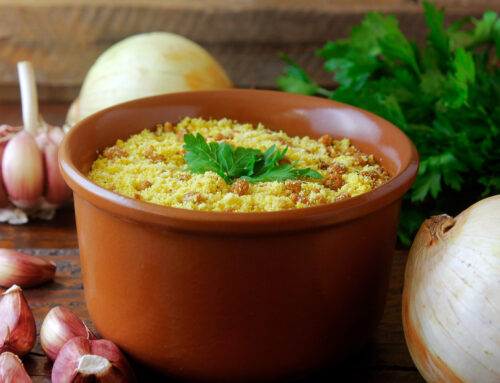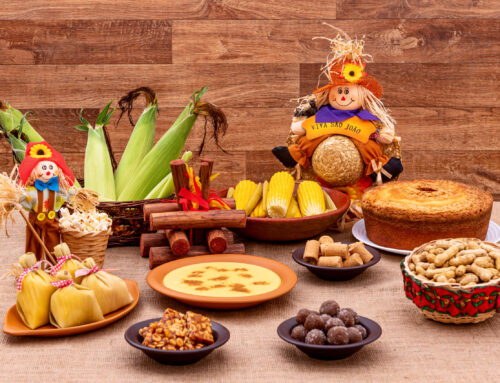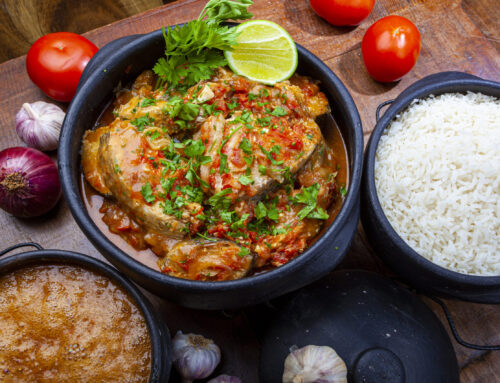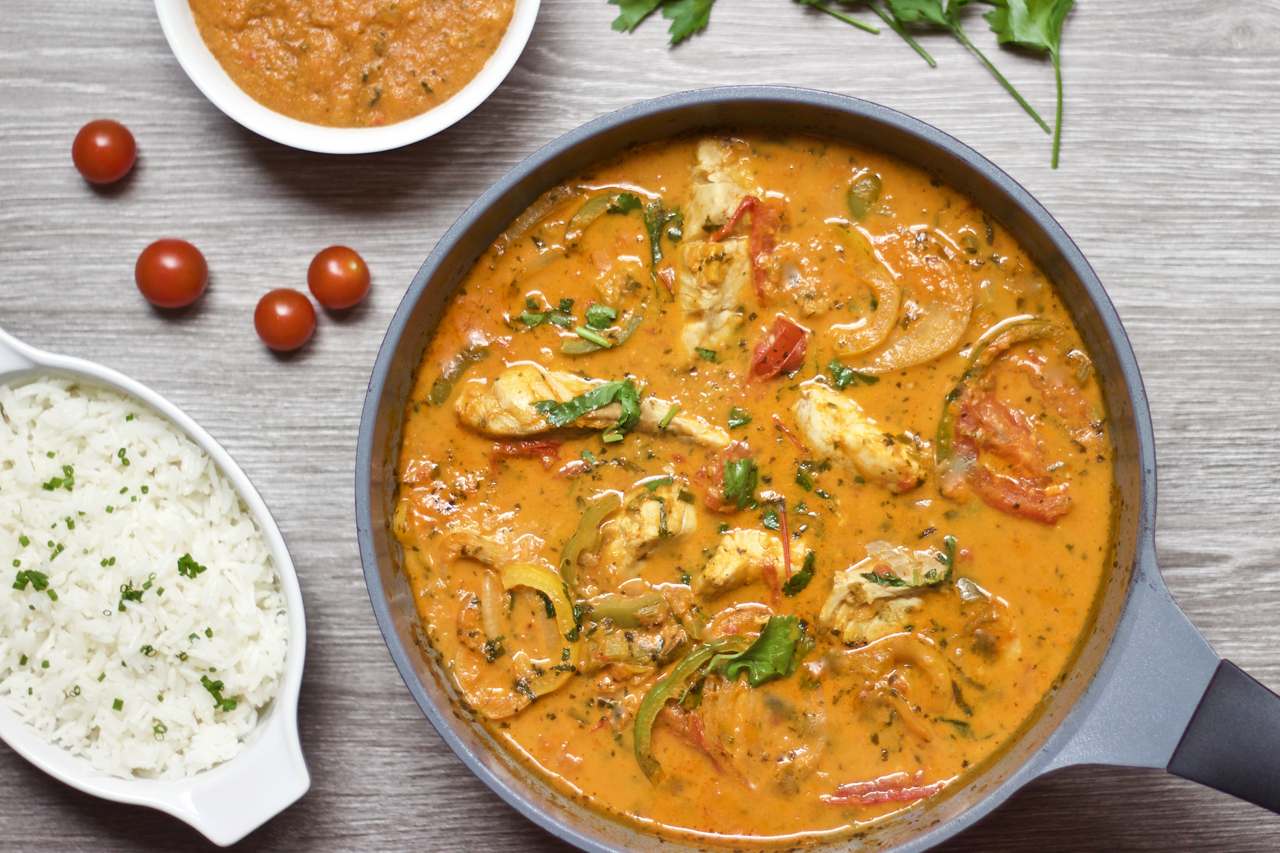
The cuisine of Northeast Brazil is a mosaic of flavors, colors, and aromas that reflect the cultural and geographical diversity of this rich region of Brazil. From the caatinga to the coast, through the sertão and agreste, the gastronomy of the Northeast is a sensory journey through ancient traditions, indigenous, African, and European influences, resulting in a unique, identity-rich, and flavorful cuisine. In this article, we embark on a culinary journey to discover the unique flavors of Northeastern Brazilian cuisine by exploring the origin of the most emblematic dishes and their stories.
Moqueca Baiana: The Taste of Bahia
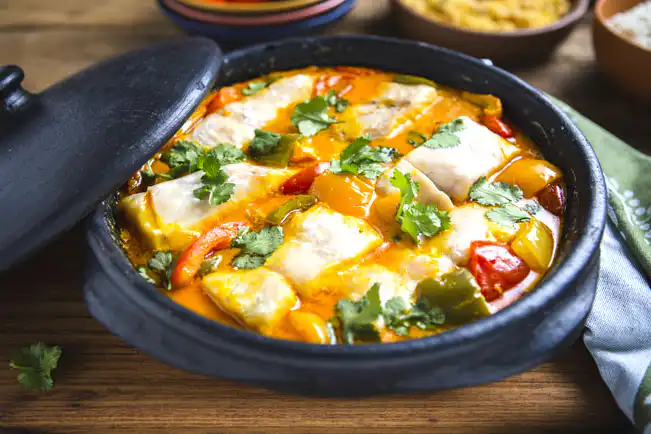
Moqueca Baiana is a dish that translates the essence of Bahia in every spoonful. With indigenous roots, this delicacy is prepared with fresh fish, coconut milk, dendê oil, and a selection of spices that give it a distinctive flavor. Moqueca reflects the cultural melting pot of the region, showing the African influence through the use of dendê and the indigenous heritage in the cooking technique. Traditionally served with farofa and rice, Moqueca Baiana is a true feast for the senses, representing the hospitality and joy of the Bahian people.
Baião de Dois: The Soul of Ceará
Baião de Dois is more than a typical dish from Ceará; it is an expression of the Northeastern soul. This harmonious combination of rice, black-eyed peas, cheese, and dried meat dates back to the colonial period and symbolizes the union of indigenous and European cultures. The name “baião” is a tribute to the musical rhythm of the same name, reinforcing the strong connection between Northeastern cuisine and music. This dish is an example of how cuisine can turn simple ingredients into an explosion of flavor, offering comfort and satisfaction.
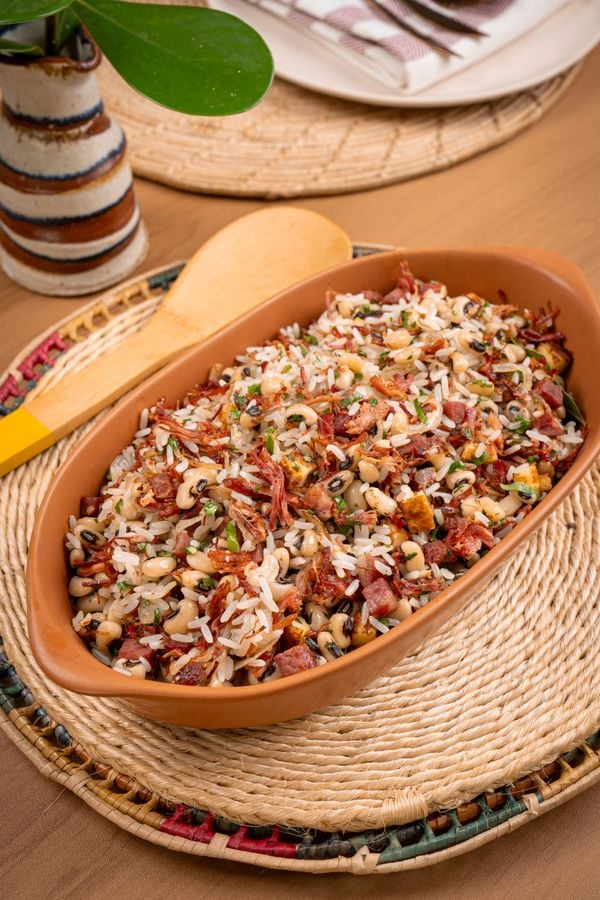
Acarajé: The Afro-Brazilian Icon of Bahia
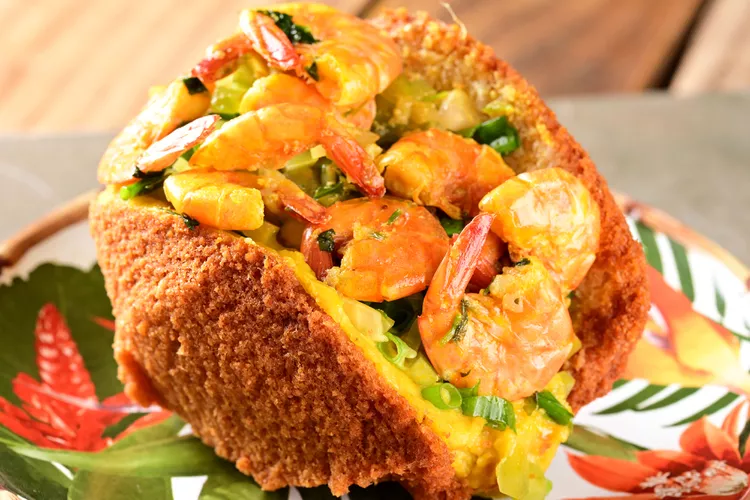
Acarajé, a fried bean cake filled with vatapá, dried shrimp, caruru, and salad, is one of the most iconic snacks of Bahia. With African roots brought by the Yoruba slaves, acarajé is much more than just food: it is a cultural and religious heritage, offered to the orixás in Candomblé. This dish is a symbol of resistance and African influence on Brazilian culture, especially in Northeastern cuisine.
Tapioca: The Indigenous Legacy
Tapioca is a fascinating example of the indigenous legacy in the Northeastern cuisine. Made from the starch of the cassava root, a staple in indigenous nutrition, tapioca has evolved into a versatile delicacy that can be served sweet or savory. Popular throughout Northeast Brazil, tapioca symbolizes the adaptation and survival of indigenous knowledge, keeping a millennia-old tradition alive on the Brazilian table.
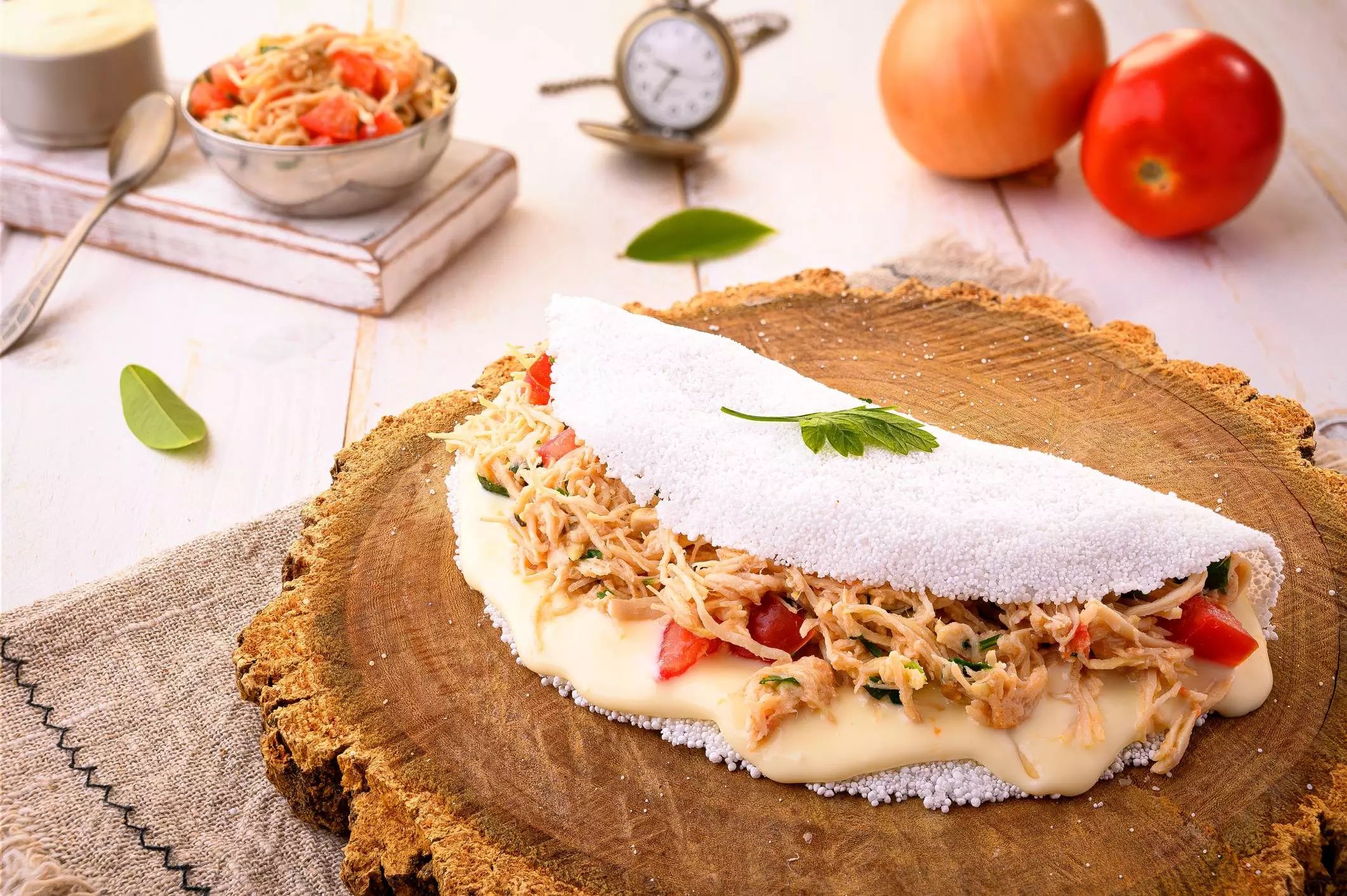
Carne de Sol with Macaxeira: The Strength of the Sertão
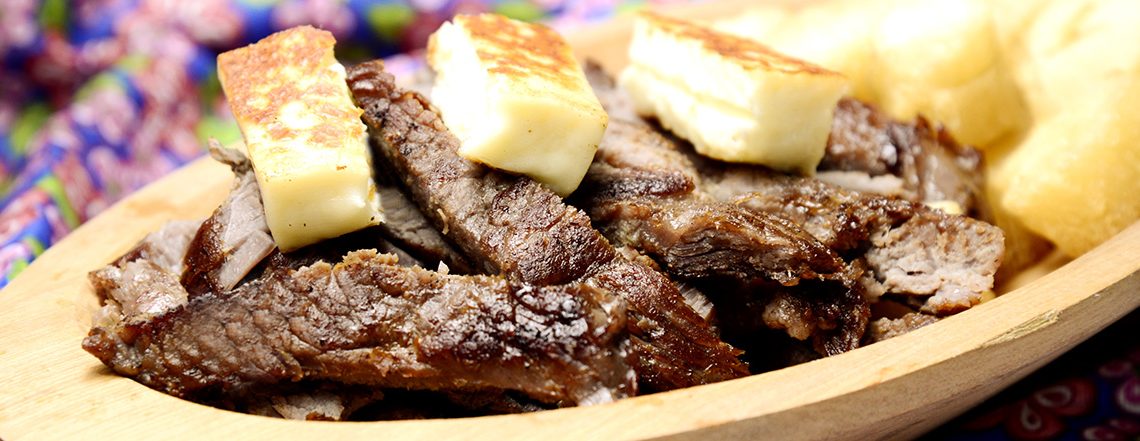
Carne de Sol with cassava is a dish that evokes the resilience of the Northeastern sertão. Carne de Sol, prepared through a drying process in the sun and wind, served with cooked cassava, reflects the use of natural resources available in the region. This dish is a testimony to the ability of Northeastern people to create rich and tasty dishes even under adverse conditions, symbolizing the strength and determination of this land.
The cuisine of the Northeast is an invitation to explore stories, cultures, and flavors that define the identity of one of the most vibrant regions of Brazil. Each dish tells a story, each flavor reveals a tradition, making Northeastern Brazilian cuisine a rich and diverse intangible heritage. By diving into the unique flavors of Northeastern Brazilian cuisine, we discover not only incredible dishes but also the living history of a people who transform their cultural heritage into gastronomic excellence.

